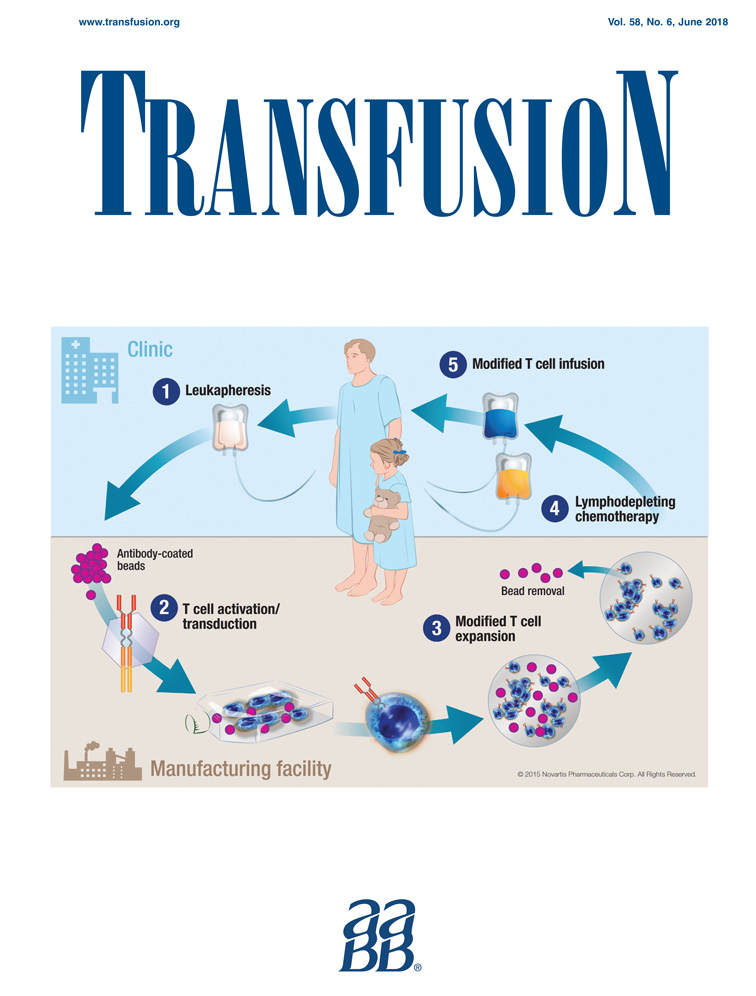Impact of delayed umbilical cord clamping on public cord blood donations: can we help future patients and benefit infant donors?
Abstract
BACKGROUND
Cord blood (CB) is a widely accepted stem cell source and its clinical utilization depends, to a great extent, on its cell content. Birth-to-clamping (BTC) time of umbilical cord determines placental transfusion to the newborn, and the remaining blood that can be collected and banked. The 2017 Committee Opinion of the American College of Obstetrics and Gynecologists (ACOG) recommends a delay of “at least 30-60 seconds” before clamping the cord for all newborns to ensure adequate iron stores. The impact of delayed cord clamping (DCC) on public CB banking can be substantial.
STUDY DESIGN AND METHODS
Cord blood units (CBUs) collected from 1210 mothers at one hospital were evaluated for total nucleated cells (TNCs) and weight/volume based on time to clamping. Bank staff recorded BTC time in seconds as reported by obstetricians; collections were performed ex utero. Immediate clamping was defined as BTC of less than 30 seconds, whereas DCC was defined as BTC of 30 seconds or more.
RESULTS
Cord clamping was immediate in 903 (75%) and delayed in 307 (25%) deliveries. Successful recovery (% clinical CBUs) decreased 10-fold with DCC of more than 60 seconds (22% vs. 2.4%, p < 0.001). CBUs collected after DCC of more than 60 seconds had significantly lower TNC counts than those after DCC of less than 60 seconds (p < 0.0001). Furthermore, 38% to 46% of CBUs after DCC of more than 60 seconds had volume of less than 40 mL.
CONCLUSION
Our study indicates that DCC of 30 to 60 seconds has a small negative impact on collection of high-TNC-count CBUs. However, increasing BTC to more than 60 seconds decreases significantly both TNC content and volume, reducing drastically the chances of obtaining clinically useful CBUs.
CONFLICT OF INTEREST
The authors have disclosed no conflicts of interest.




